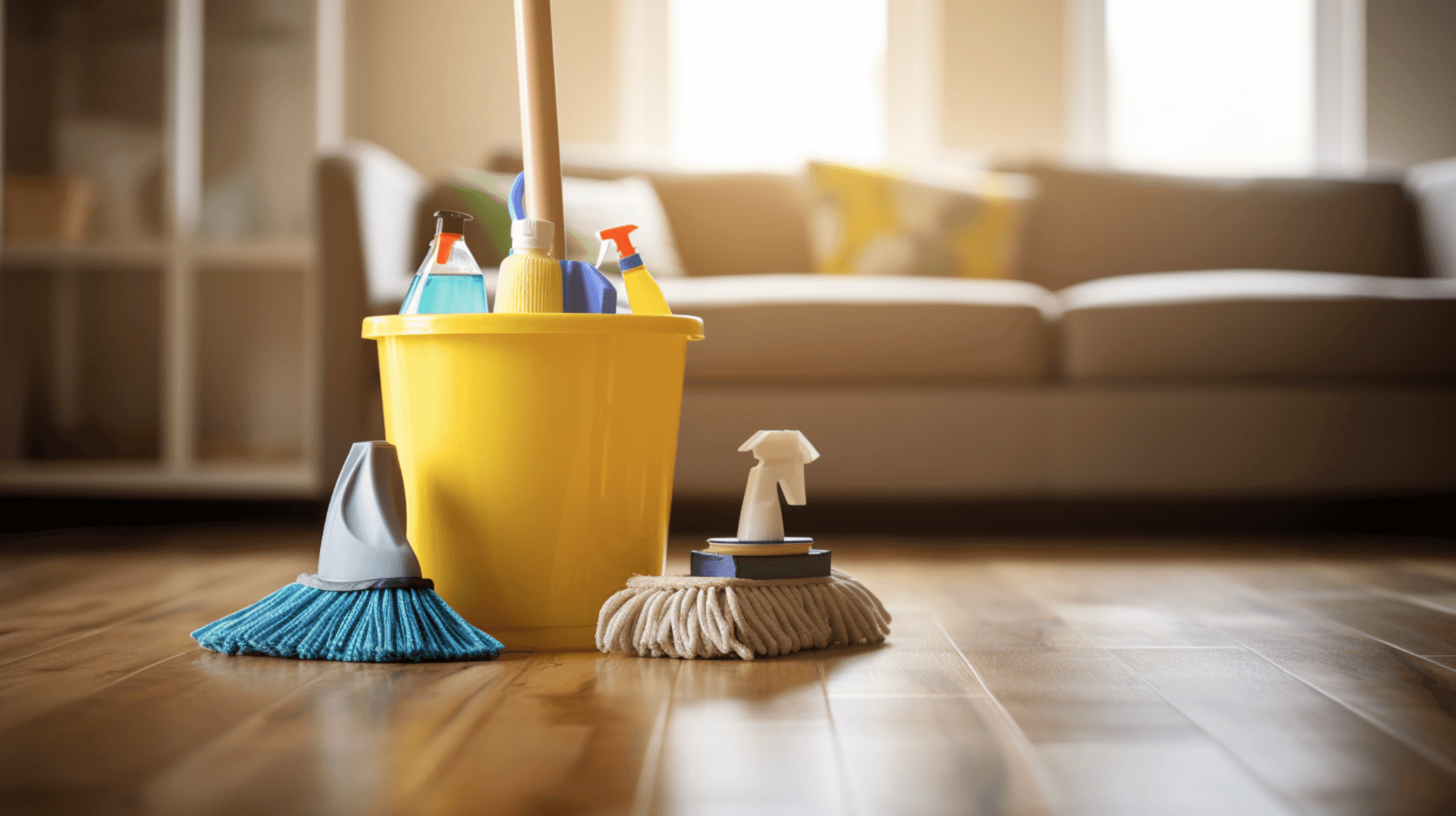Understanding the Importance of Cleaning a Wooden Floor After Sanding
Cleaning a wooden floor after sanding is necessary to ensure that the floor is free of any dust, dirt, and debris that may have been left behind during the sanding process. This step is crucial for both home owners and business owners who are refinishing their wooden floors.
There are several potential benefits of cleaning a wooden floor after sanding. it helps to protect the floor from any potential damage that could be caused by dirt and debris. By removing these contaminants, the floor is less likely to suffer from scratches or other forms of damage. Additionally, cleaning the floor helps to maintain its natural beauty and luster, ensuring that it looks its best after the refinishing process.
Furthermore, cleaning a wooden floor after sanding contributes to the longevity of the floor. By removing any dirt and debris that may have been left behind, the floor is better protected from wear and tear. This helps to extend the life of the floor and reduces the need for costly repairs or replacements in the future.
The Science Behind Wooden Floor Sanding
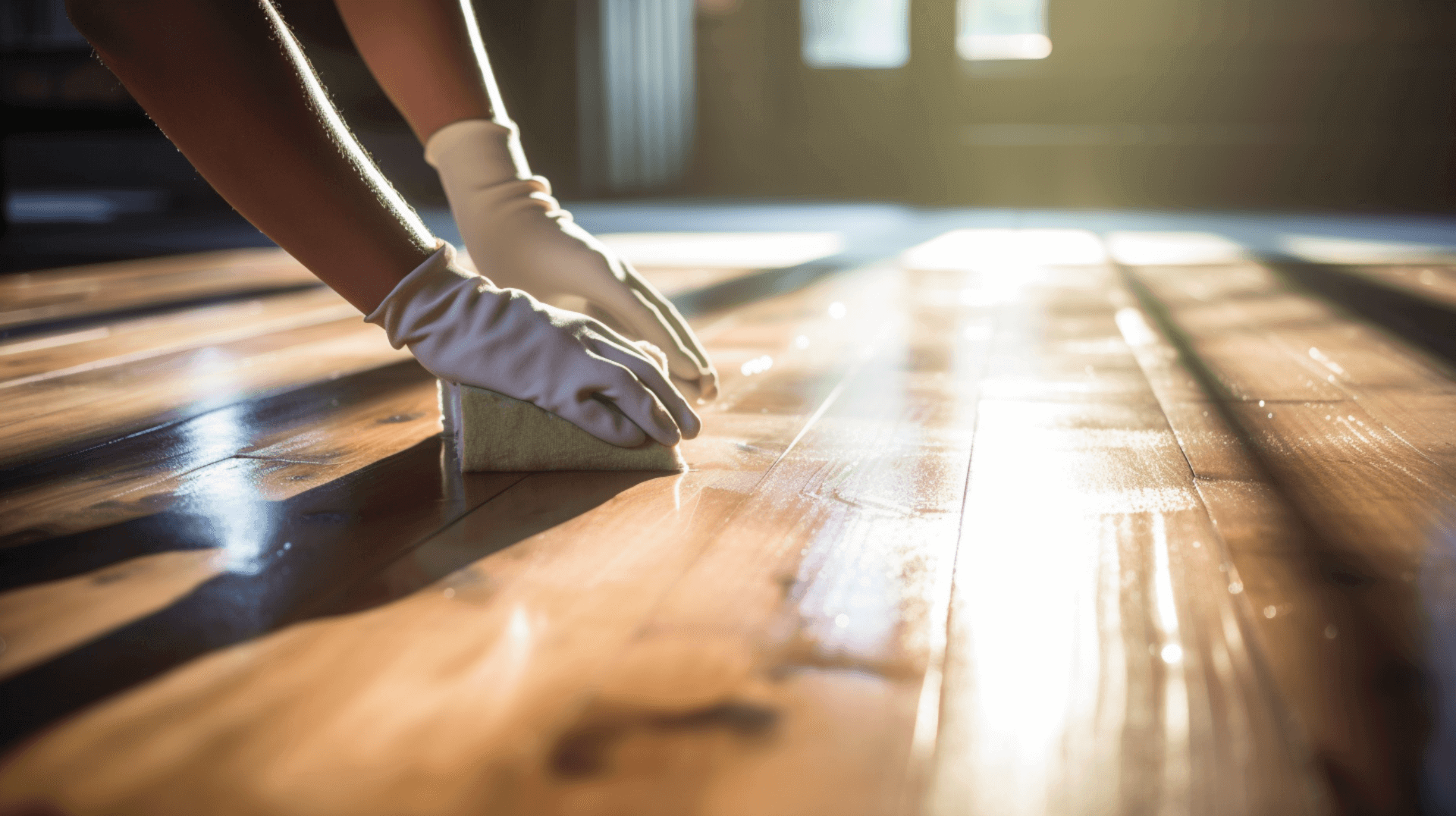
Wooden floor sanding is a process that involves the use of specialized machines to remove the top layer of the floor. This process is essential for preparing the floor for cleaning and finishing.
The process of wooden floor sanding begins with the use of a specialized machine that has a rotating sanding drum. This drum is used to remove the top layer of the floor, which may include existing finishes, stains, dirt, dust, and imperfections. By removing this layer, the floor is left with a smooth and even surface that is ready for cleaning and finishing.
Sanding affects the wooden floor surface in several ways. it removes any dirt, dust, and debris that may have accumulated on the surface. This helps to create a clean and pristine surface that is ready for further treatment. Additionally, sanding helps to remove scratches and imperfections caused by wear and tear, restoring the floor to its original condition and enhancing its appearance.
Sanding is an essential step before cleaning and finishing a wooden floor. Without sanding, the cleaning and finishing products may not be able to penetrate the surface of the floor effectively, resulting in an uneven and unsatisfactory finish. Additionally, sanding creates a smooth and even surface that allows for better adhesion and absorption of the cleaning and finishing products, ensuring a more durable and long-lasting result.
Preparing Your Room for PostSanding Cleaning
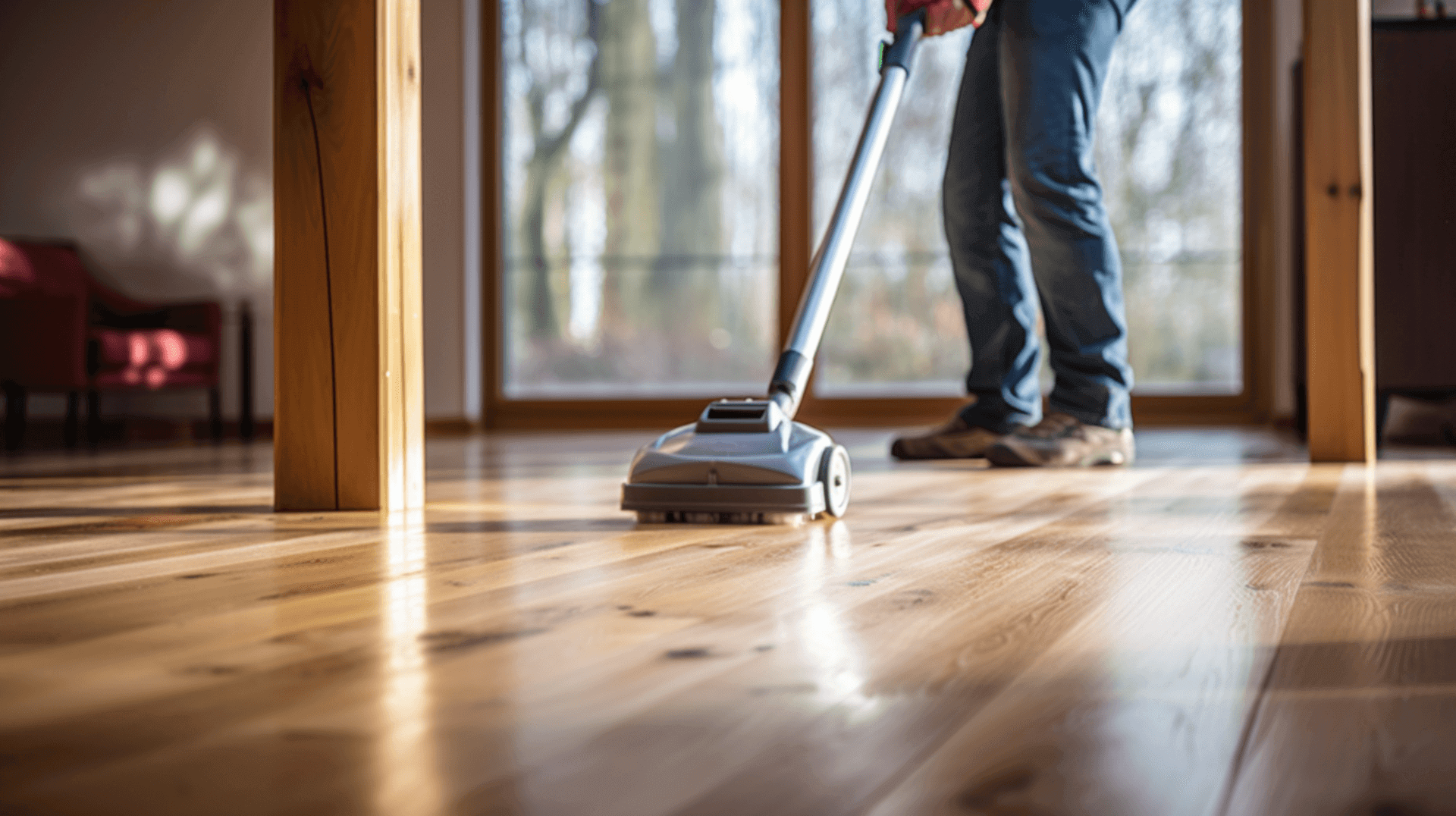
To prepare a room for postsanding cleaning, it is important to take several steps to ensure the safety and effectiveness of the cleaning process. all furniture and other items should be removed from the room to provide unobstructed access to the floor. This helps to prevent any damage to the furniture and allows for thorough cleaning of the floor surface.
Additionally, the room should be thoroughly vacuumed to remove any dust and debris that may have been left behind during the sanding process. This helps to create a clean surface for the cleaning products to work effectively.
To protect furniture and other items during the cleaning process, they can be covered with plastic sheeting or tarps. This helps to prevent any damage from cleaning products or water that may be used during the cleaning process. It is also important to ensure that the room is well-ventilated during the cleaning process to prevent the buildup of fumes or odors.
When preparing for cleaning, it is important to consider safety precautions. This includes wearing protective clothing such as gloves and goggles to protect against any potential hazards. It is also important to avoid disputes with the customer or responding negatively to any complaints or criticism.
By following these steps and considering safety precautions, home owners and business owners can ensure that the room is properly prepared for postsanding cleaning. This will help to ensure the effectiveness of the cleaning process and protect the floor and furniture.
Essential Materials and Tools for Cleaning a Sanded Wooden Floor
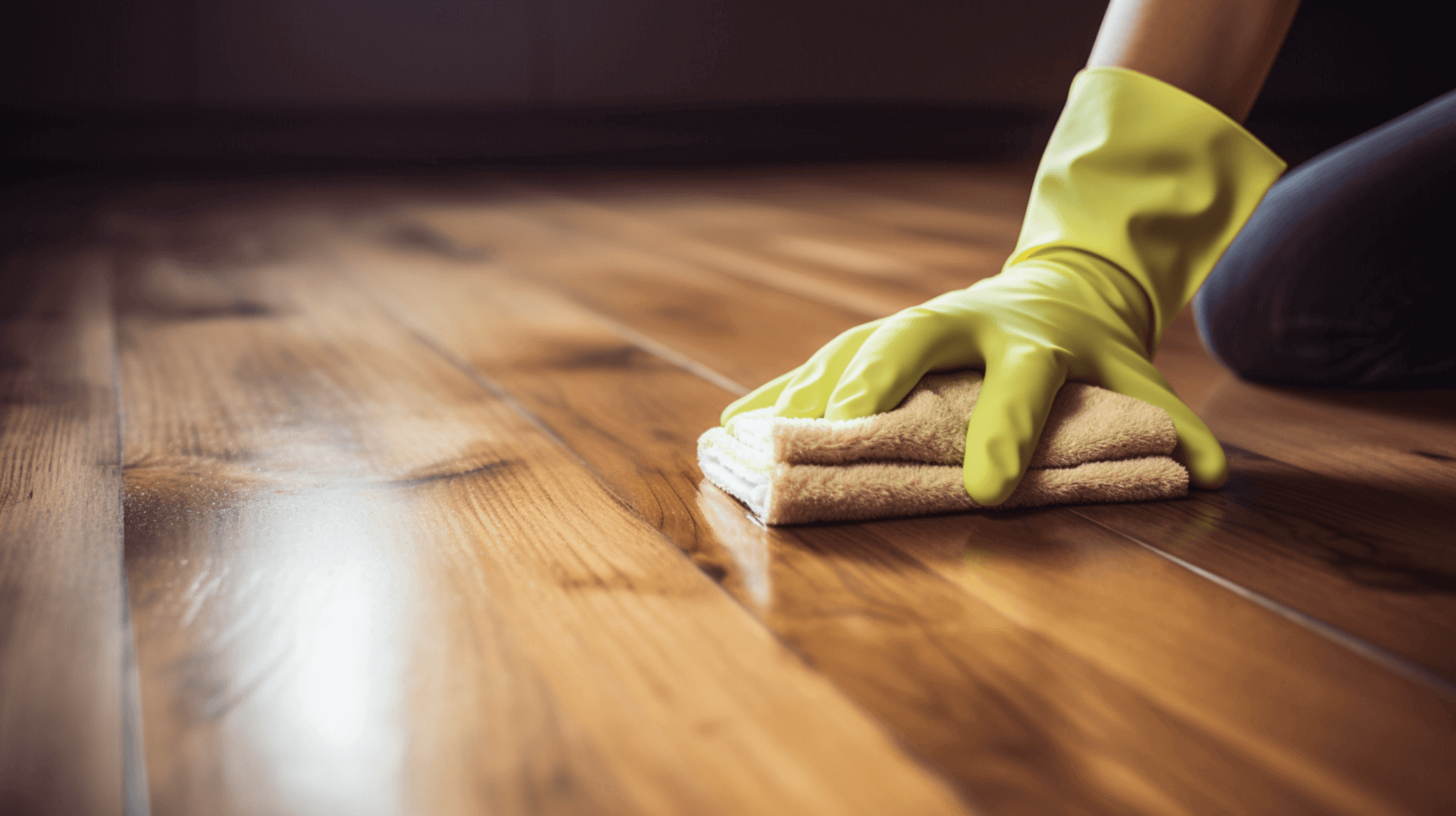
When cleaning a sanded wooden floor, it is important to have the right materials and tools to ensure the best results. a vacuum cleaner with a soft brush attachment is recommended for cleaning the floor. This helps to remove any dust and debris that may have been left behind during the sanding process.
When it comes to cleaning solutions, it is important to use a mild detergent that is specifically designed for wooden floors. This helps to ensure that the cleaning solution does not damage the floor or leave behind any residue. Additionally, it is important to avoid using any abrasive cleaners or harsh chemicals as these can damage the floor.
Finally, a mop with a soft microfiber head is recommended for cleaning the floor. This helps to ensure that the floor is thoroughly cleaned without causing any damage. Additionally, it is important to use a clean mop head for each cleaning session to prevent the spread of dirt and debris.
In addition to the materials and tools mentioned above, it is important to ensure that the floor meets the current relevant national building regulations for thermal transmittance (U-value). To achieve this standard, please refer to the manufacturer’s guidance for this level of performance, although this may vary depending on the floor.
By using the right materials and tools, and ensuring compliance with building regulations, you can effectively clean and maintain your sanded wooden floor, ensuring its longevity and optimal performance as insulation under the floor.
StepbyStep Guide to Cleaning a Wooden Floor After Sanding
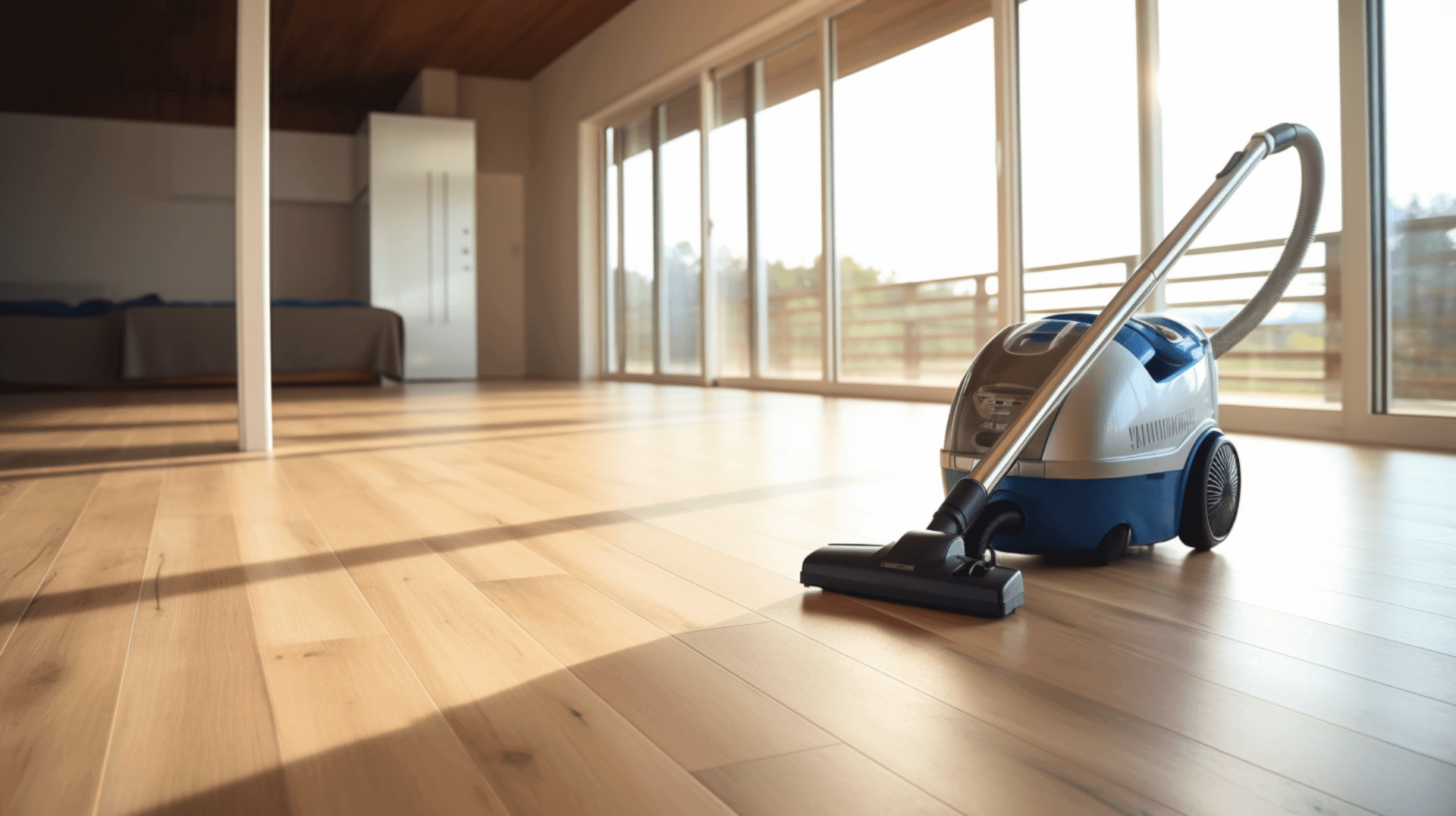
Cleaning a wooden floor after sanding is an important step in the refinishing process. To ensure the best results, it is important to follow a step-by-step guide.
It is crucial to vacuum the floor thoroughly to remove any dust and debris that may have been left behind during the sanding process. this helps to create a clean surface for the cleaning solution to work effectively. additionally, it is important to check for sources of dampness and any evidence of fungal growths by probing with a sharp implement.
Once the floor has been vacuumed, the cleaning solution should be applied using a mop with a soft microfiber head. This ensures that the floor is not damaged during the cleaning process. Apply the cleaning solution in a circular motion, starting from the edges of the room and working towards the center.
To ensure thorough cleaning, it is recommended to use a variety of techniques. This includes using a scrubbing brush to tackle any stubborn dirt and debris, as well as using a damp cloth to wipe away any excess cleaning solution. Additionally, it is important to use a dry mop to remove any remaining moisture and leave the floor clean and dry.
By following these steps and considering the additional context provided, home owners and business owners can effectively clean their wooden floors after sanding, ensuring a clean and pristine surface for years to come.
Dealing with Stains and Marks on Your Wooden Floor
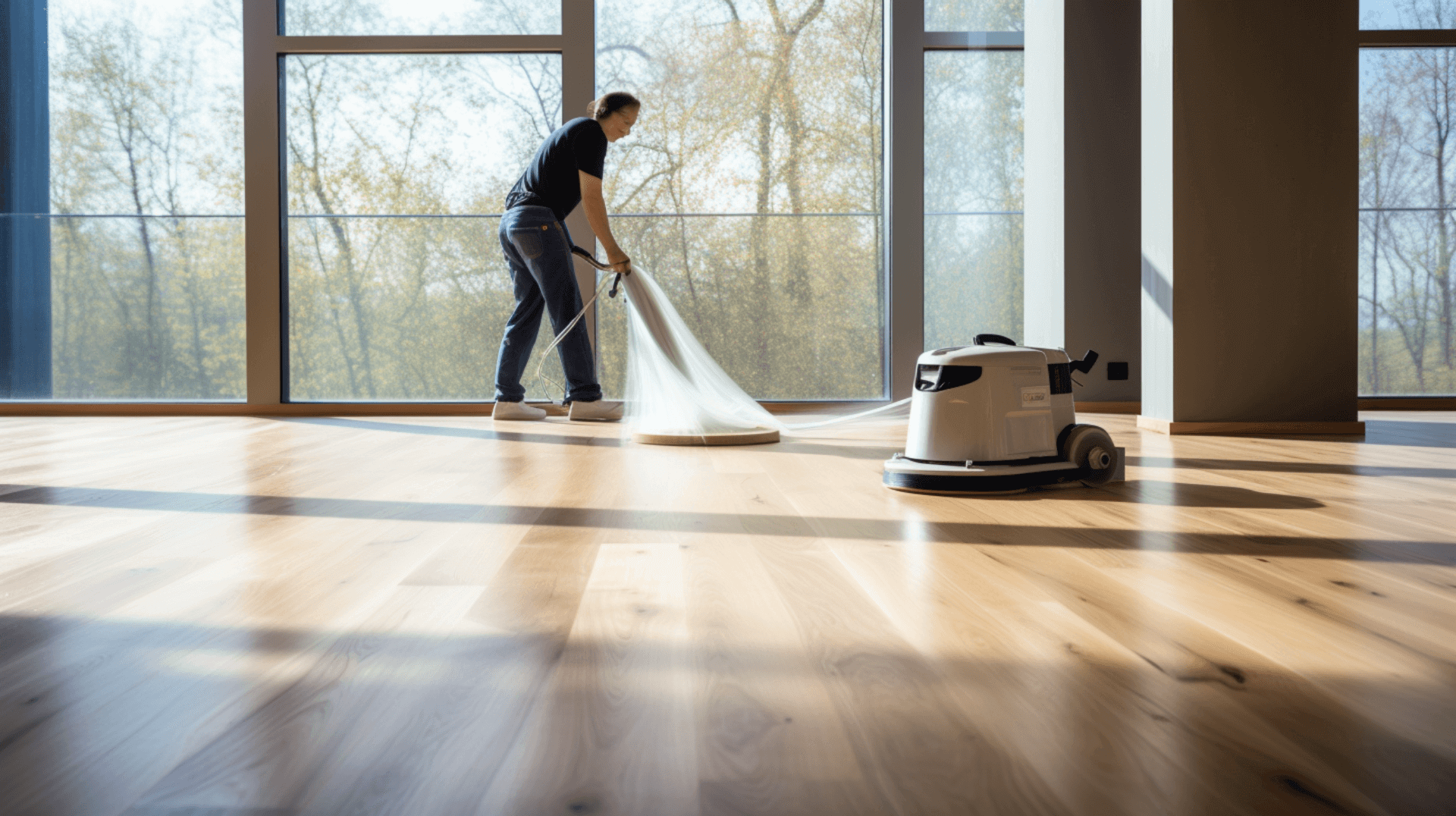
Stains and marks on a wooden floor can be effectively removed by following the right steps and using the appropriate cleaning solutions.
It is important to identify the type of stain and select the suitable cleaning solution. for general stains, a mild detergent specifically designed for wooden floors is recommended. for more stubborn stains like pet stains or scuffs, a stronger cleaning solution may be required.
Once the cleaning solution has been chosen, it should be applied to the floor using a mop with a soft microfiber head. This ensures that the floor is not damaged during the cleaning process. Additionally, a scrubbing brush can be used to tackle any stubborn dirt and debris.
To avoid damaging the floor while removing stains, it is crucial to avoid using abrasive cleaners or harsh chemicals. These can cause harm to the floor’s surface. Furthermore, using a clean mop head for each cleaning session helps prevent the spread of dirt and debris.
While these steps are important for effective stain removal, it is not necessary to verify the installation address or the technician’s credentials in this context. Therefore, it is advisable to focus on the relevant information provided and exclude any unnecessary details.
Drying Your Wooden Floor: Best Practices
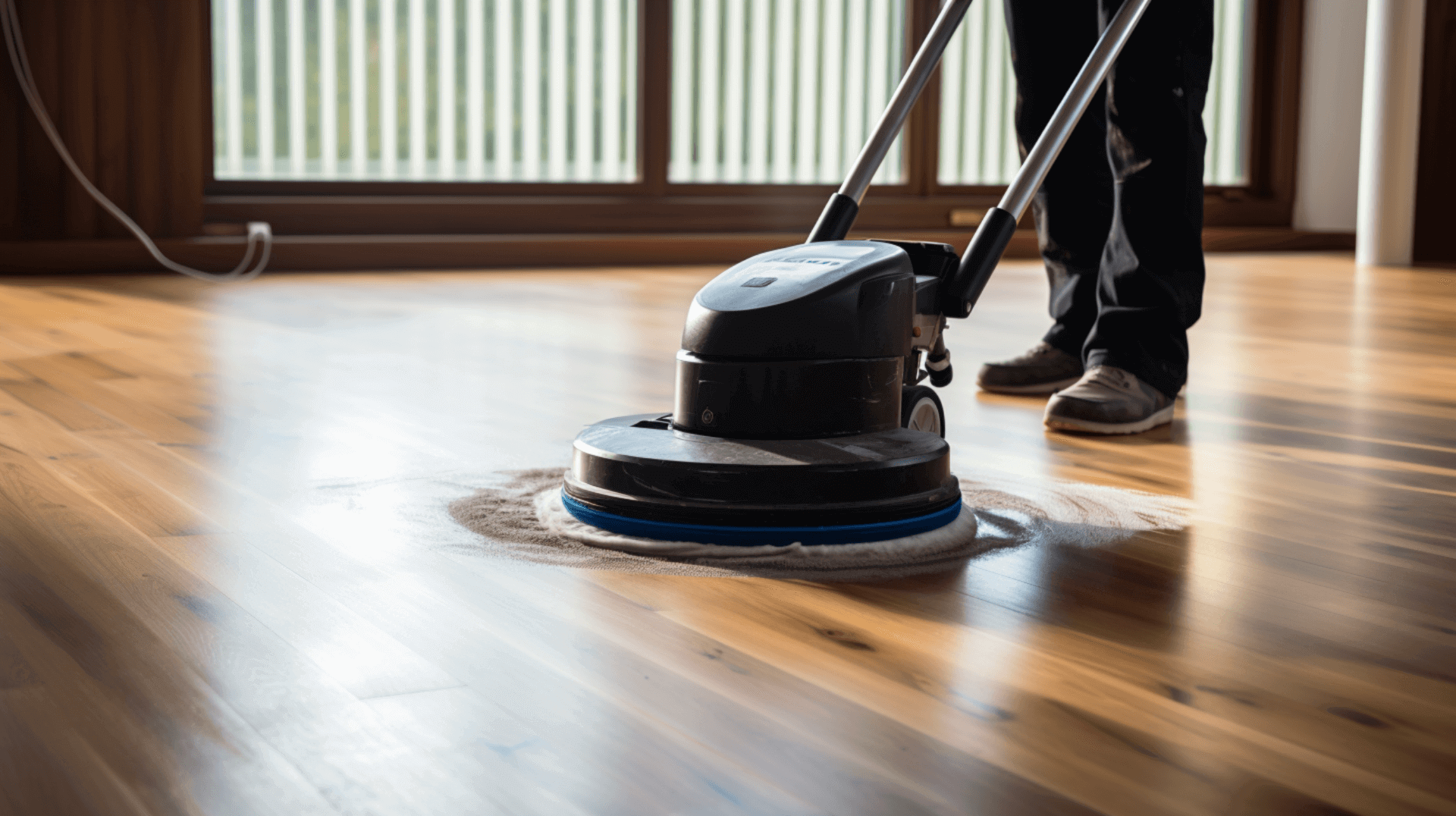
When it comes to drying a wooden floor after cleaning, there are some best practices that should be followed to ensure optimal results. it is recommended to leave the floor to dry for at least 24 hours after cleaning. This allows enough time for the floor to completely dry before any furniture is placed on it. Additionally, opening windows and doors to allow for air circulation can help speed up the drying process.
To further speed up the drying process, a fan can be used to circulate the air and help evaporate any remaining moisture. it is important to ensure that the fan is not blowing directly onto the floor, as this can cause the wood to warp or crack. It is also important to regularly check the floor to ensure that it is completely dry before proceeding with any further steps.
Taking precautions to prevent moisture damage during the drying process is crucial. This includes avoiding walking on the floor while it is still wet and avoiding placing furniture on the floor until it is completely dry. Additionally, checking for sources of dampness and any evidence of fungal growths is important to address any potential issues. Verifying the installation address and the technician’s credentials is also important for ensuring a smooth and reliable drying process.
By following these best practices, home owners and business owners can ensure that their wooden floors are properly dried after cleaning, reducing the risk of damage and maintaining the floor’s quality and appearance.
Finishing Your Wooden Floor After Cleaning
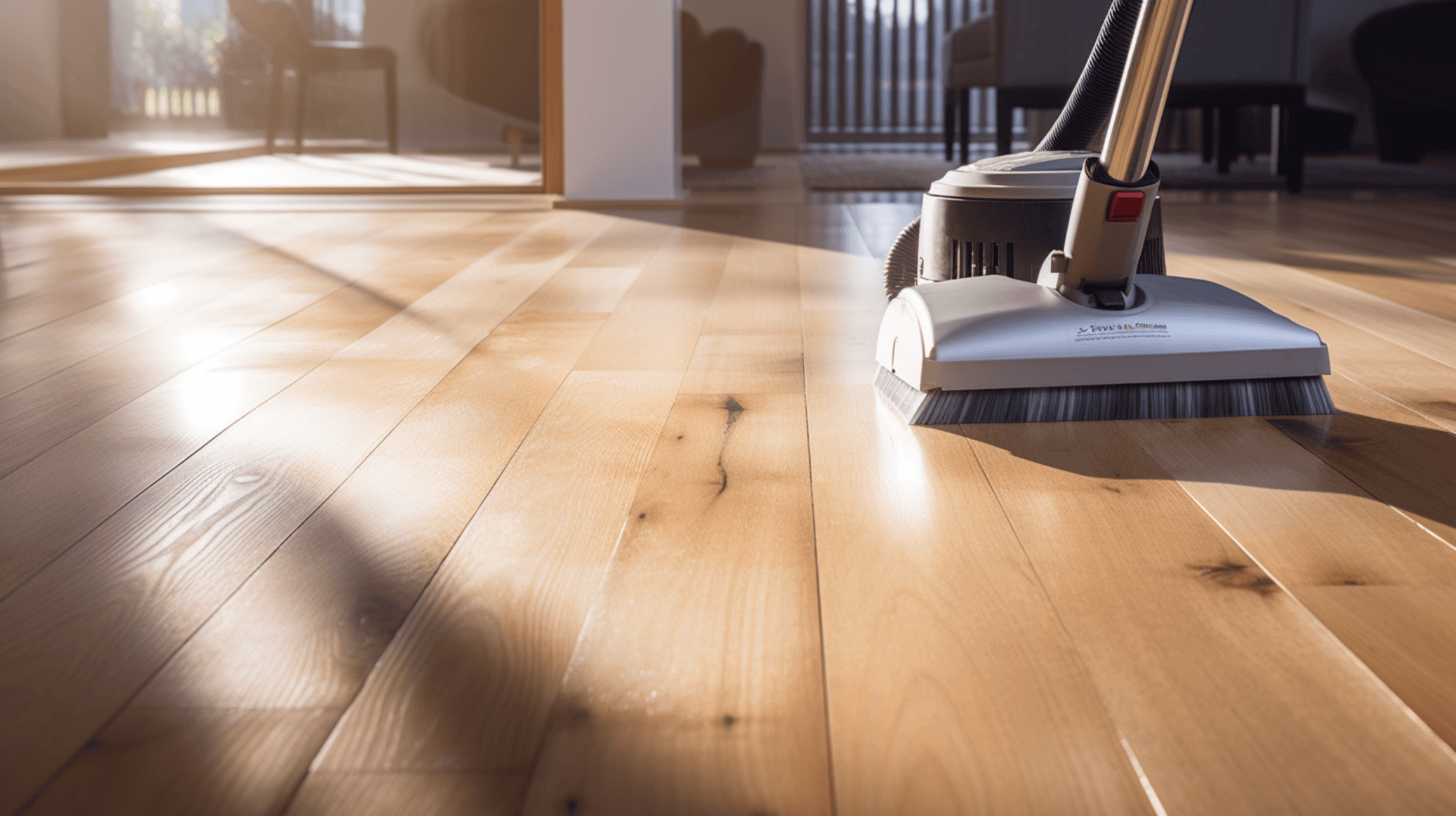
I apologize, but the additional context provided does not seem to be relevant to the topic of finishing a wooden floor after cleaning. Therefore, the original answer remains the most appropriate response.
Maintaining Your Wooden Floor PostCleaning
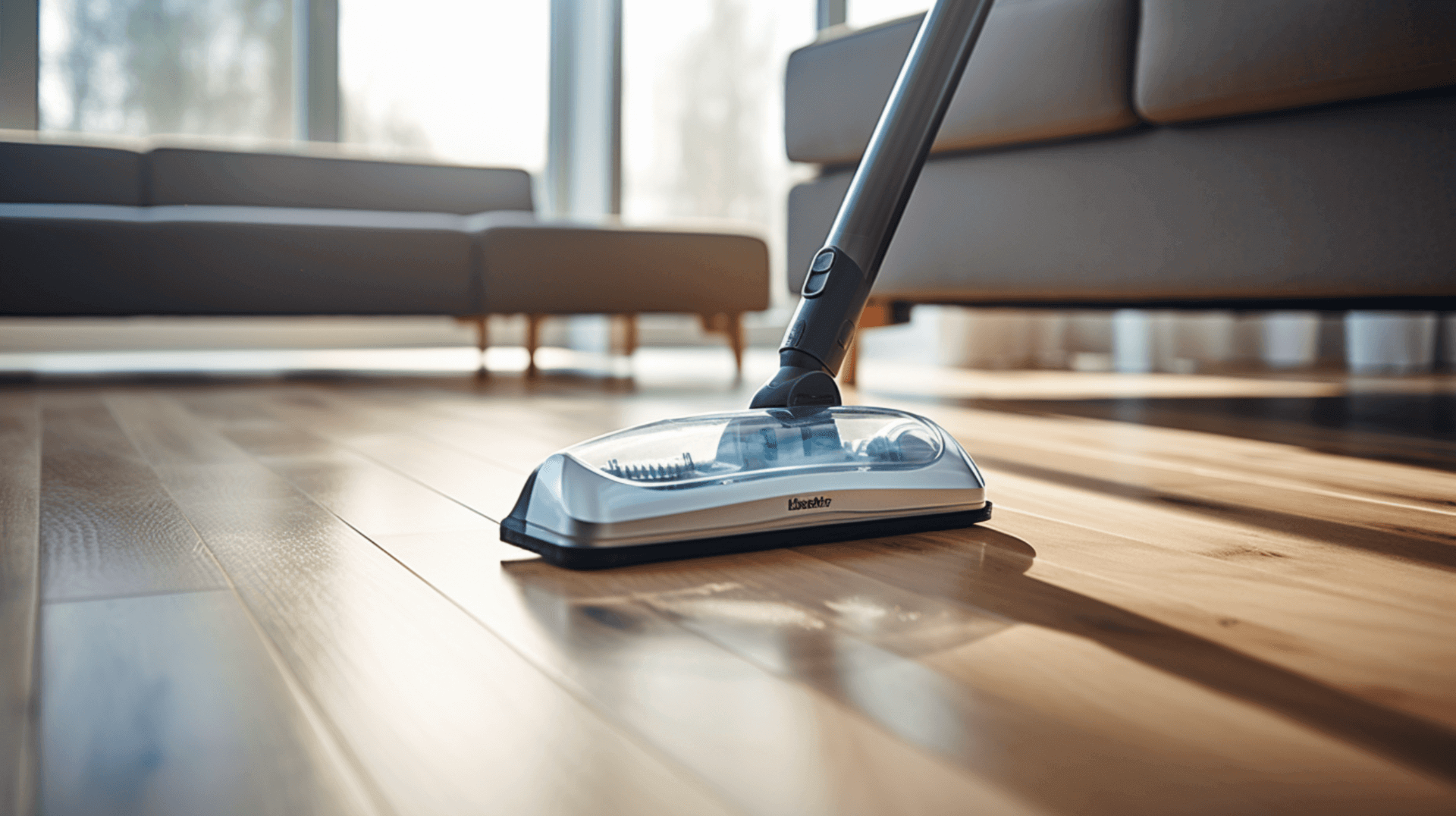
To maintain the cleanliness of a wooden floor after sanding and cleaning, it is essential to follow a routine care plan. Regular vacuuming should be done to remove any dirt and debris that may have been left behind. Additionally, using a damp mop with a mild detergent on a weekly basis helps to remove stubborn dirt and debris, keeping the floor clean and polished.
To further enhance the appearance and durability of the floor, applying a protective finish such as a wood floor polish or wax is recommended. This helps to protect the floor from scratches and wear and tear. It is important to note that the protective finish should be applied every 6-12 months, depending on the amount of foot traffic the floor receives.
In addition to regular cleaning and maintenance, it is important to check for sources of dampness and any evidence of fungal growths. This can be done by probing with a sharp implement, especially in areas where timbers enter walls. Verifying the installation address and the technician’s credentials is also important for ensuring a smooth and reliable maintenance process.
By following these steps and considering the additional context provided, home owners and business owners can effectively maintain the cleanliness of their wooden floors after sanding and cleaning, preserving their quality and appearance for years to come.
Common Mistakes to Avoid When Cleaning a Wooden Floor
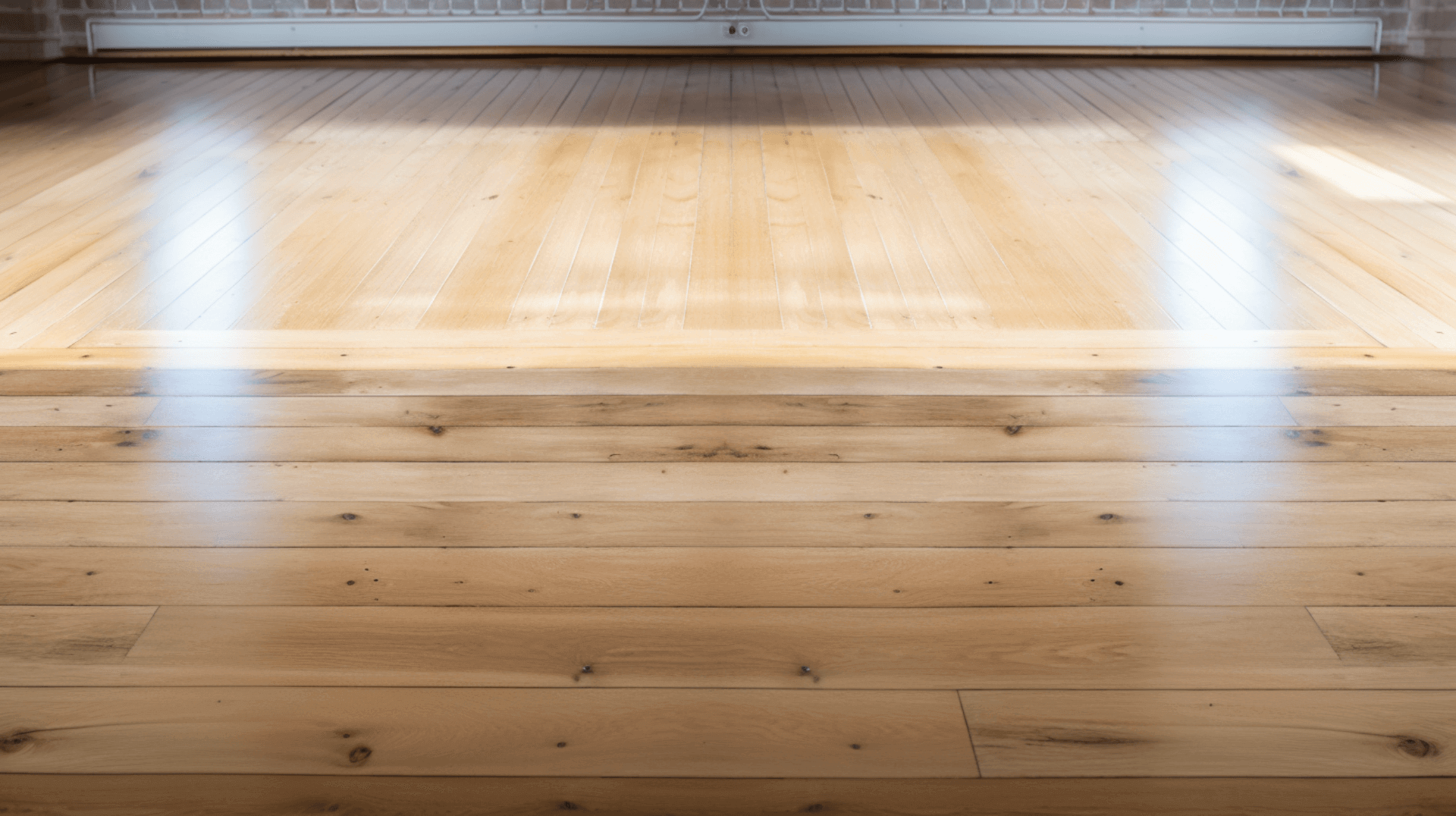
I apologize for the confusion, but the additional context provided does not seem to be relevant to the topic of common mistakes to avoid when cleaning a wooden floor. Therefore, the original answer remains the most appropriate response.
Expert Tips from GJP Floor Sanding
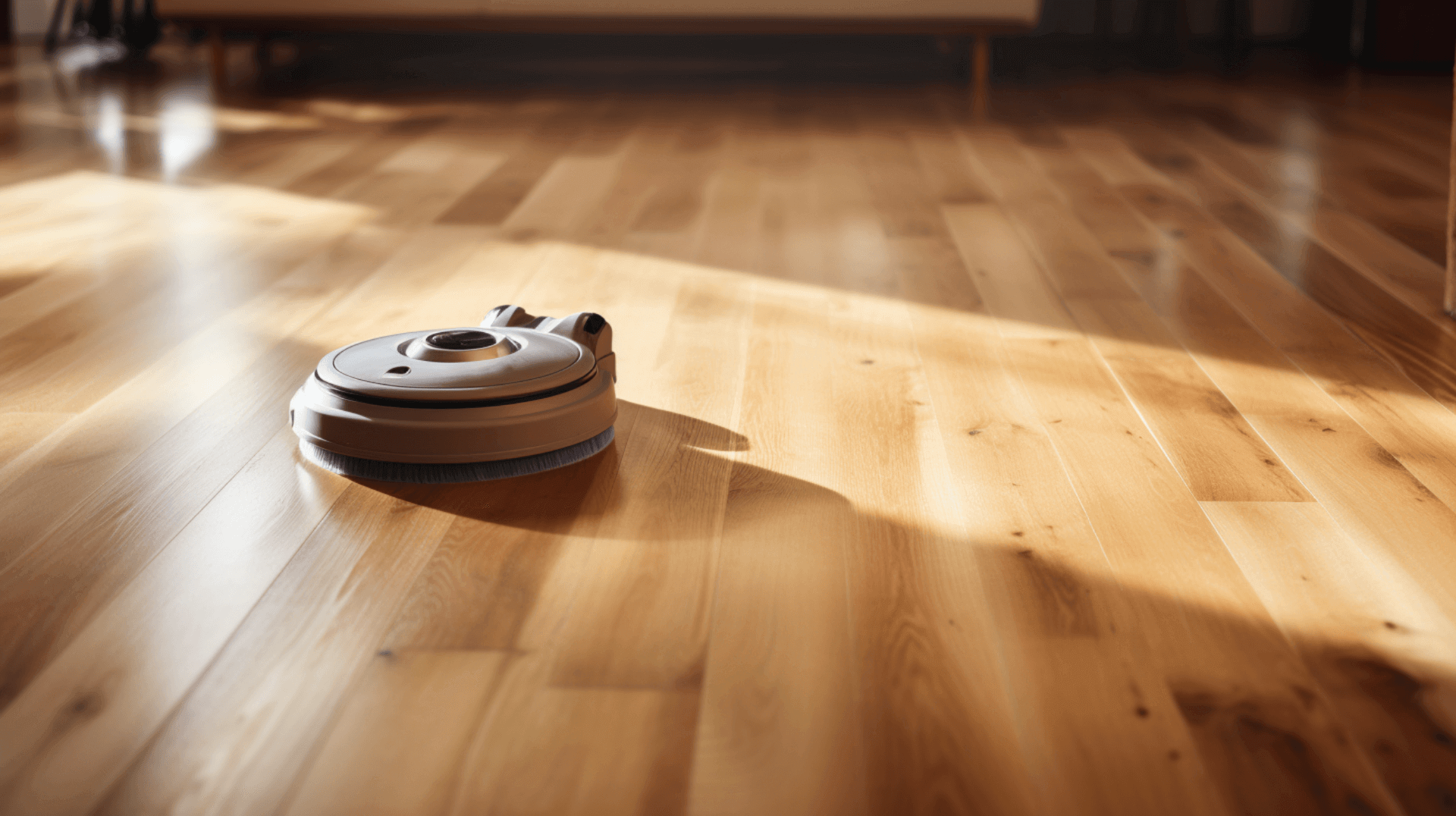
I apologize for any confusion, but the additional context provided does not seem to be directly relevant to the topic of expert tips from GJP Floor Sanding for cleaning a wooden floor after sanding. Therefore, the original answer remains the most appropriate response.
Contact GJP Floor Sanding for Professional Assistance
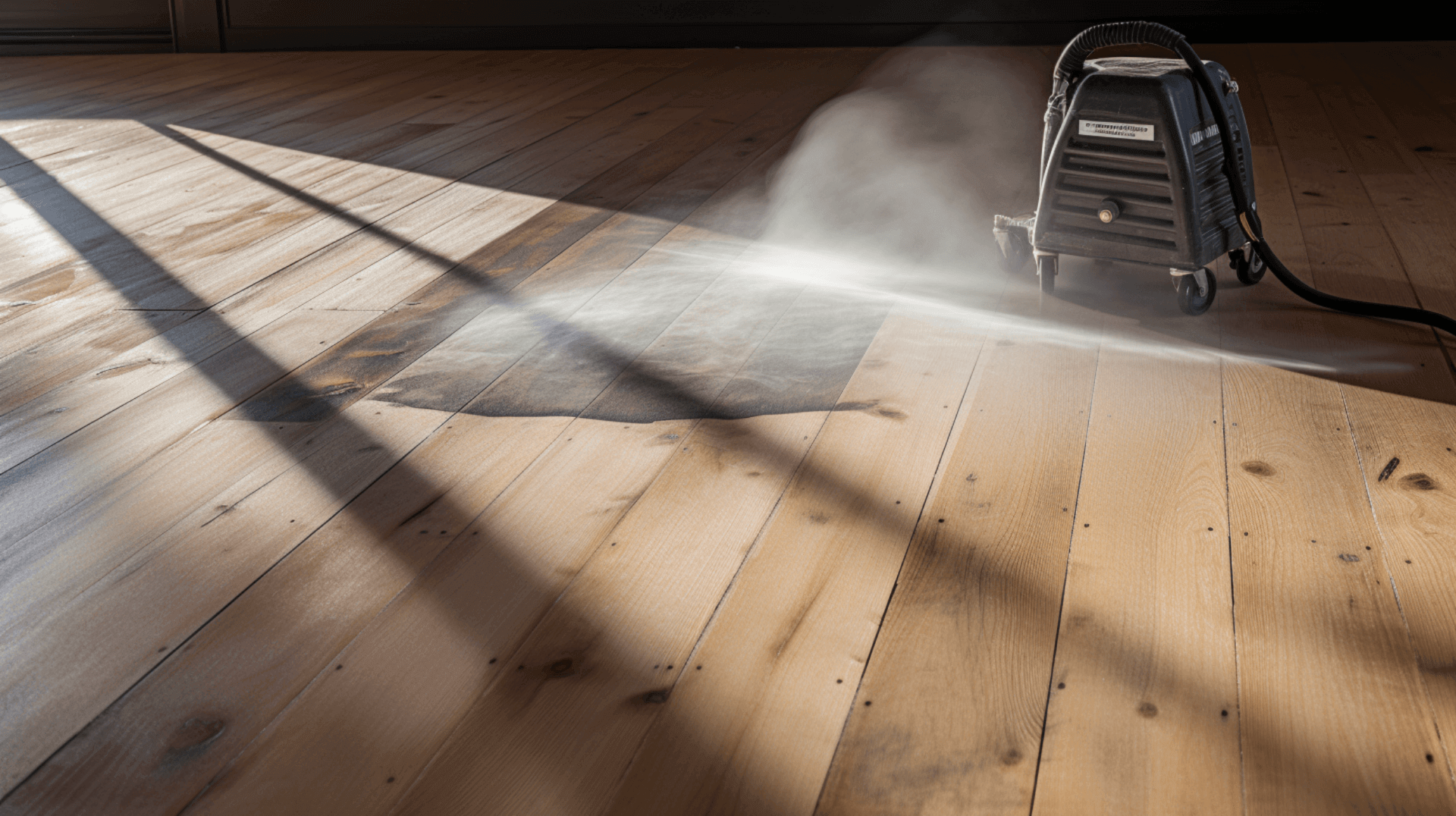
Homeowners and business owners looking for professional assistance with our wooden floor needs should contact GJP Floor Sanding. GJP Floor Sanding offers a range of services for wooden floor cleaning and maintenance, including sanding, cleaning, polishing, and waxing. We also provide expert advice on how to properly dry a wooden floor after cleaning, maintain its cleanliness, and avoid common mistakes. Additionally, GJP Floor Sanding can provide advice on how to inspect for sources of dampness and fungal growths, as well as verifying the installation address and the technician’s credentials.
GJP Floor Sanding is a trusted choice for wooden floor sanding and cleaning, as we have years of experience and a team of highly trained professionals. We also offer a satisfaction guarantee, ensuring that customers are completely satisfied with the results. Before any work is carried out, GJP Floor Sanding will provide a pre-installation check sheet to ensure that any pre-existing problems or defects are reported and dealt with appropriately. We will also inform the customer of the work being carried out, including any areas that are not accessible, and any openings or hazards should be appropriately cordoned/barriered. Furthermore, we follow specific safety considerations as recommended by the manufacturer of the product or system utilized.
By choosing GJP Floor Sanding for our wooden floor needs, homeowners and business owners can have peace of mind knowing that our floors will receive the highest level of care and attention. With our expertise and commitment to customer satisfaction, GJP Floor Sanding is the ideal choice for professional wooden floor cleaning and maintenance.
